Tilted mirrors - what’s behind the weird Russian habit? (PHOTOS)
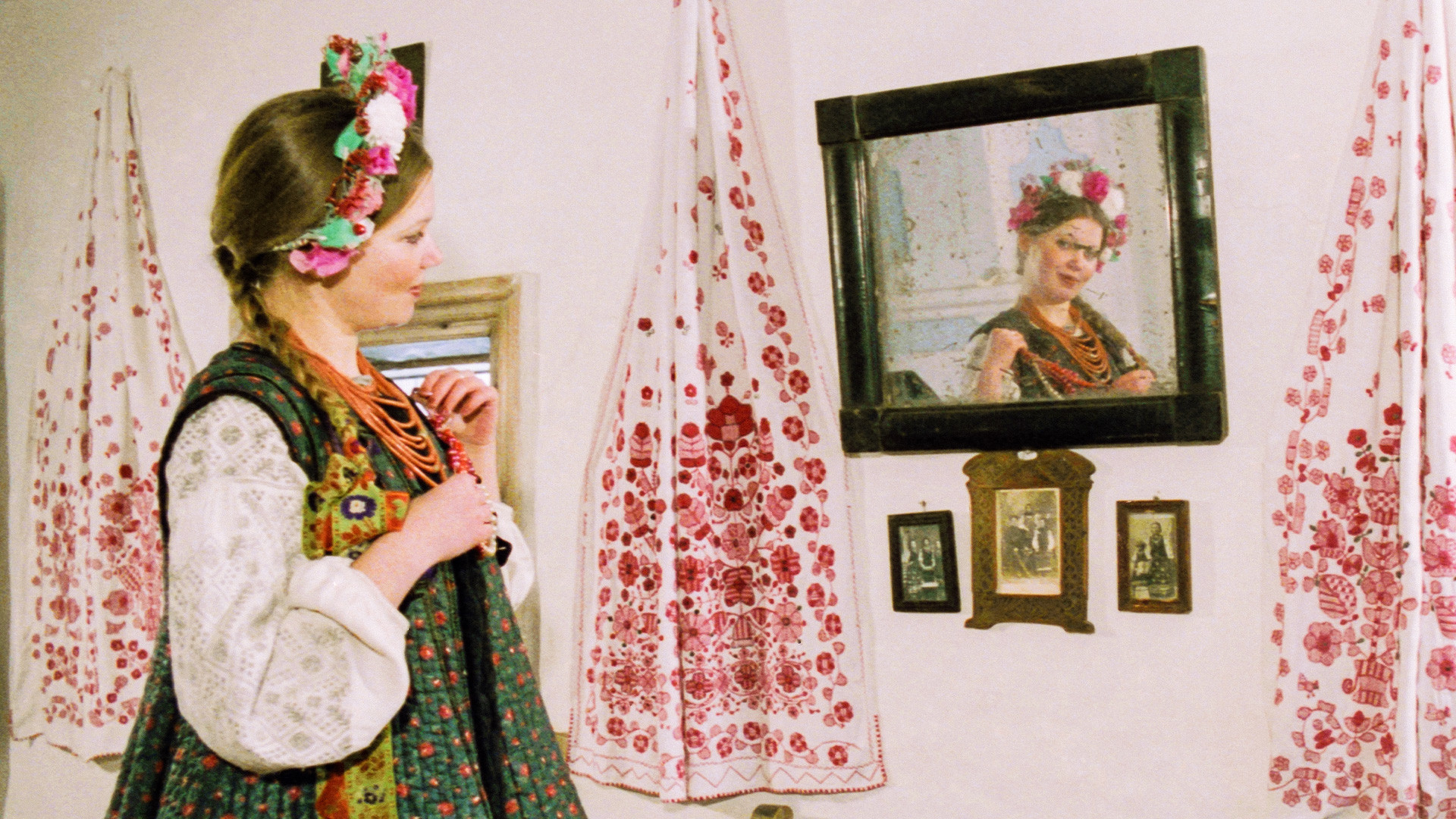
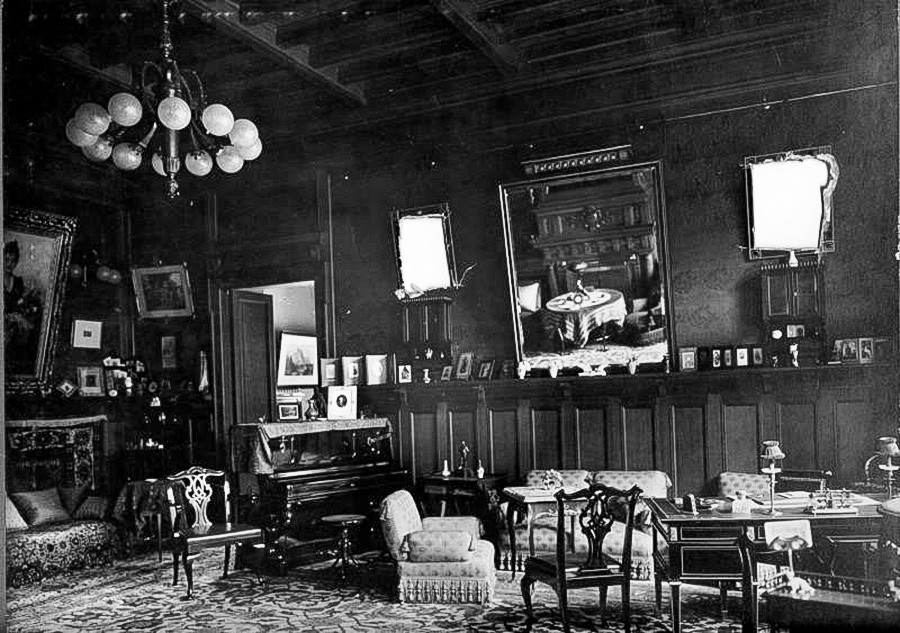
A dining room, 1910s.
MAMM/MDFIf you’ve ever seen the interiors of old Russian homes and apartments, you would have picked up on the awkward placement of mirrors. They were hung strangely high and tilted. To a modern person, this would most likely look slightly out of the ordinary, but there had to be a reason Russians used to do it this way.
Bling in tsarist Russia
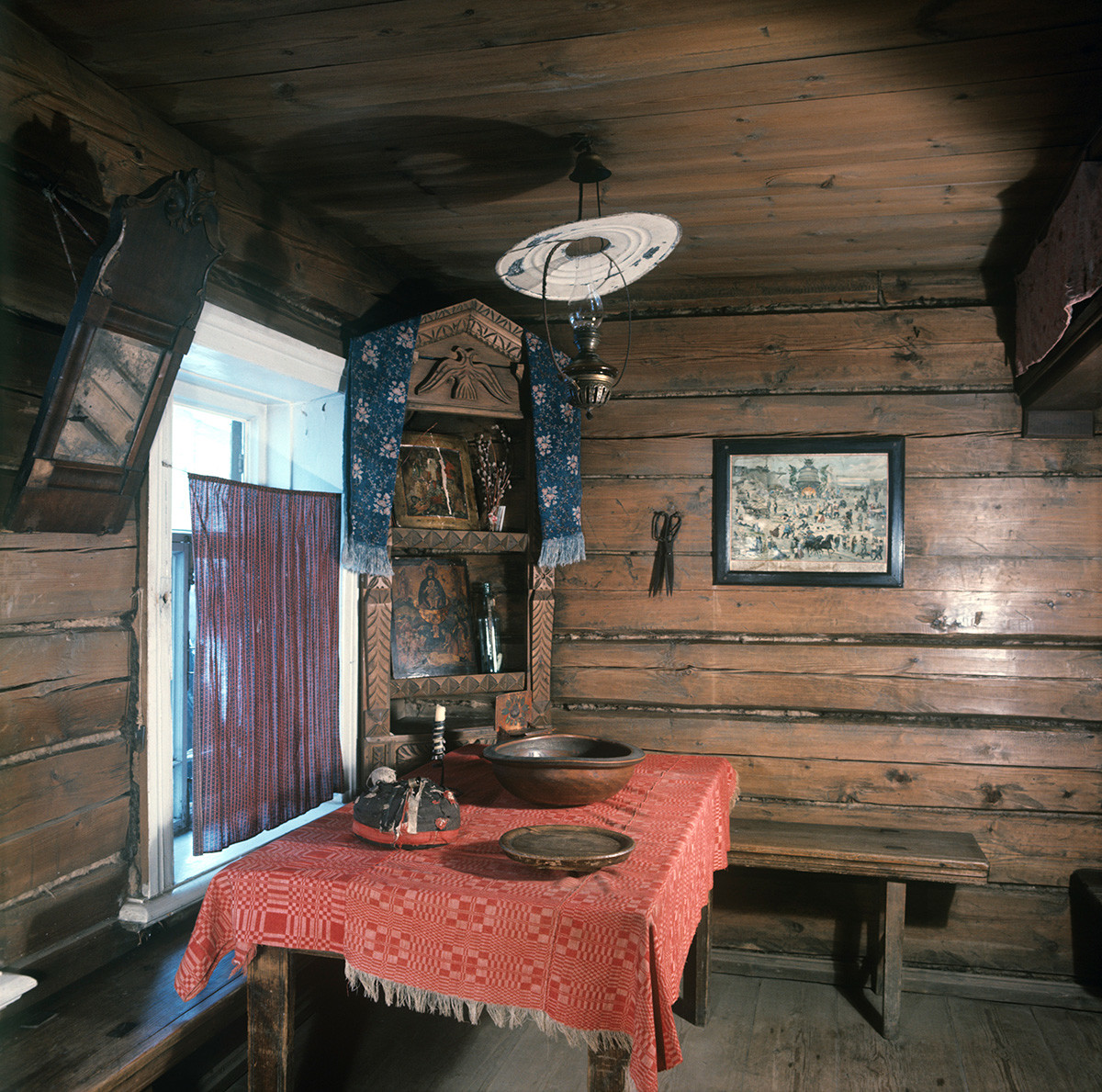
Gorky's childhood museum house, the kitchen.
A.Goryachev/SputnikOnly about a century ago, mirrors were still a prized possession that only the rich could afford. In pre-revolutionary Russia, massive framed mirrors could be seen for the most part in family estates and wealthy apartments. There were the standing mirrors, those installed in dressing tables and the wall kind, as we know them today.
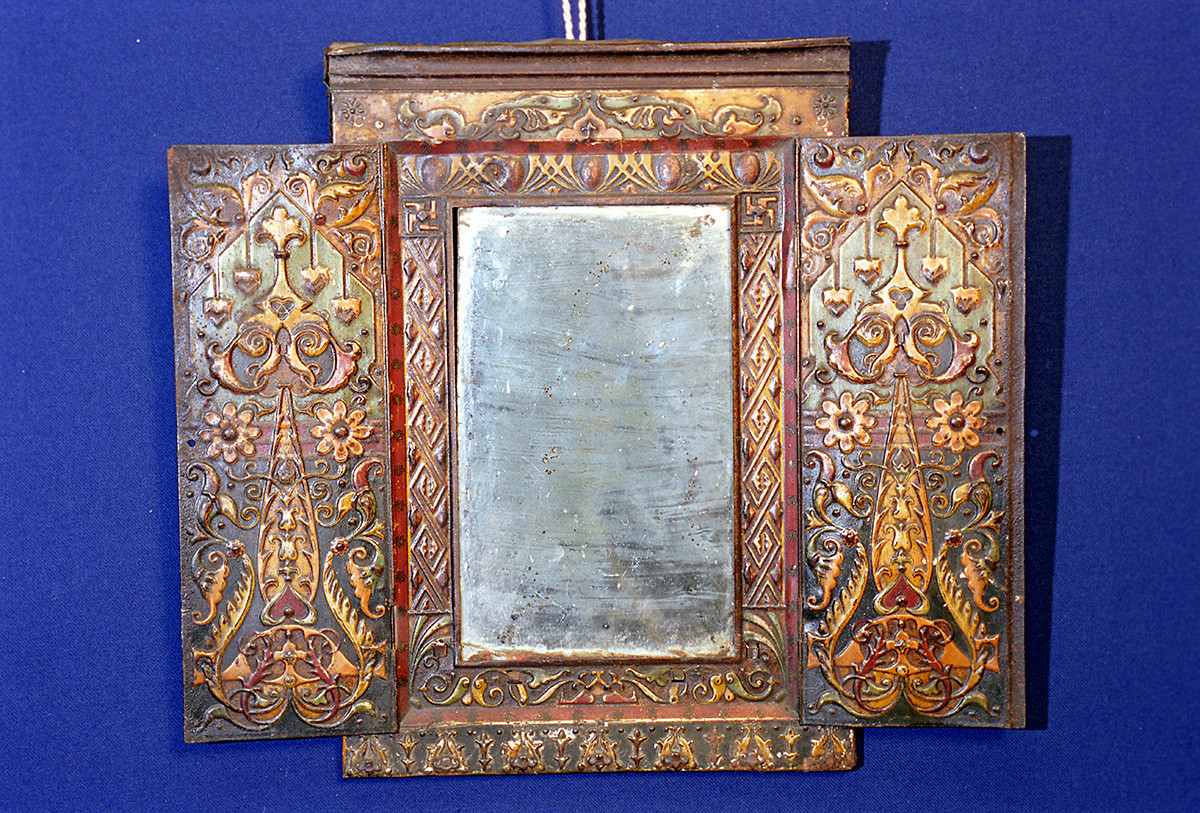
A mirror's frame, early XXth century. Kemerovo regional museum.
Dmitry Korobeinikov/SputnikKulaks (a term used towards the end of the Russian Empire to describe peasants with over 8 acres of land) would purchase mirrors at town fairs, while the poor could only afford tiny ones. In any case, precious objects were extraordinarily valued, often adorned with hand-sewn cloths and often placed where no one could accidentally break them. But how would you use the mirror?
Respect for the mirror
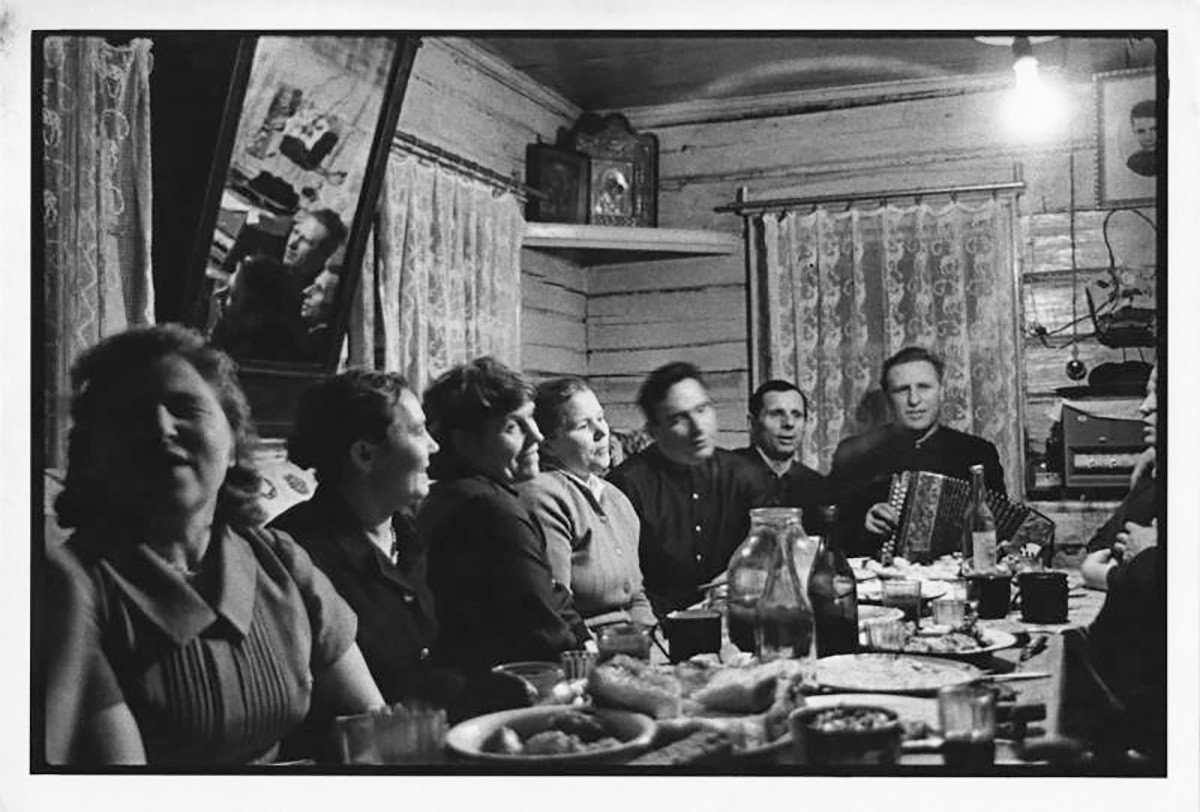
A home party, 1961.
Victor Akhlomov/MAMM/MDFWell, this is why they started tilting the mirrors. Aside from that, there were the usual Russian superstitions concerning mirrors (the culture is not a stranger to treating them as portals to the spirit world): seeing yourself with your body cut off was a big no-no, so it was decided to tilt the mirrors; and, of course, the higher the mirror hung, the less chance there was of anyone breaking it, which we all know is considered bad luck.
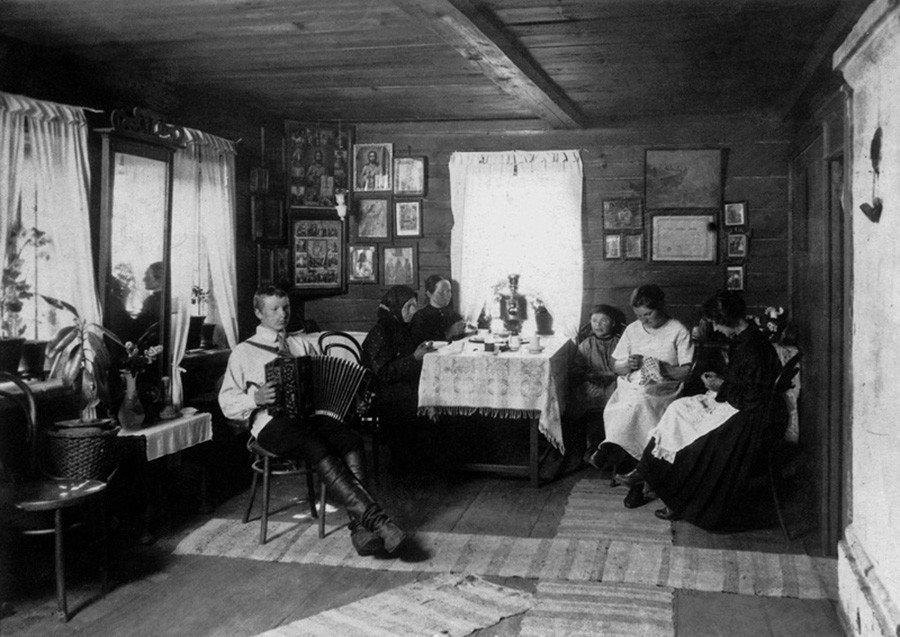
Inside the Russian izba, 1925.
S.Brasovsky's private collectionIn Soviet times, mirrors became much more available, thanks to the development of the industry, but many continued to hang their mirrors in the old fashion, as their grandparents did. Today, seeing such interiors is only possible in museums or on photos, but also in old wooden homes away from the big cities.
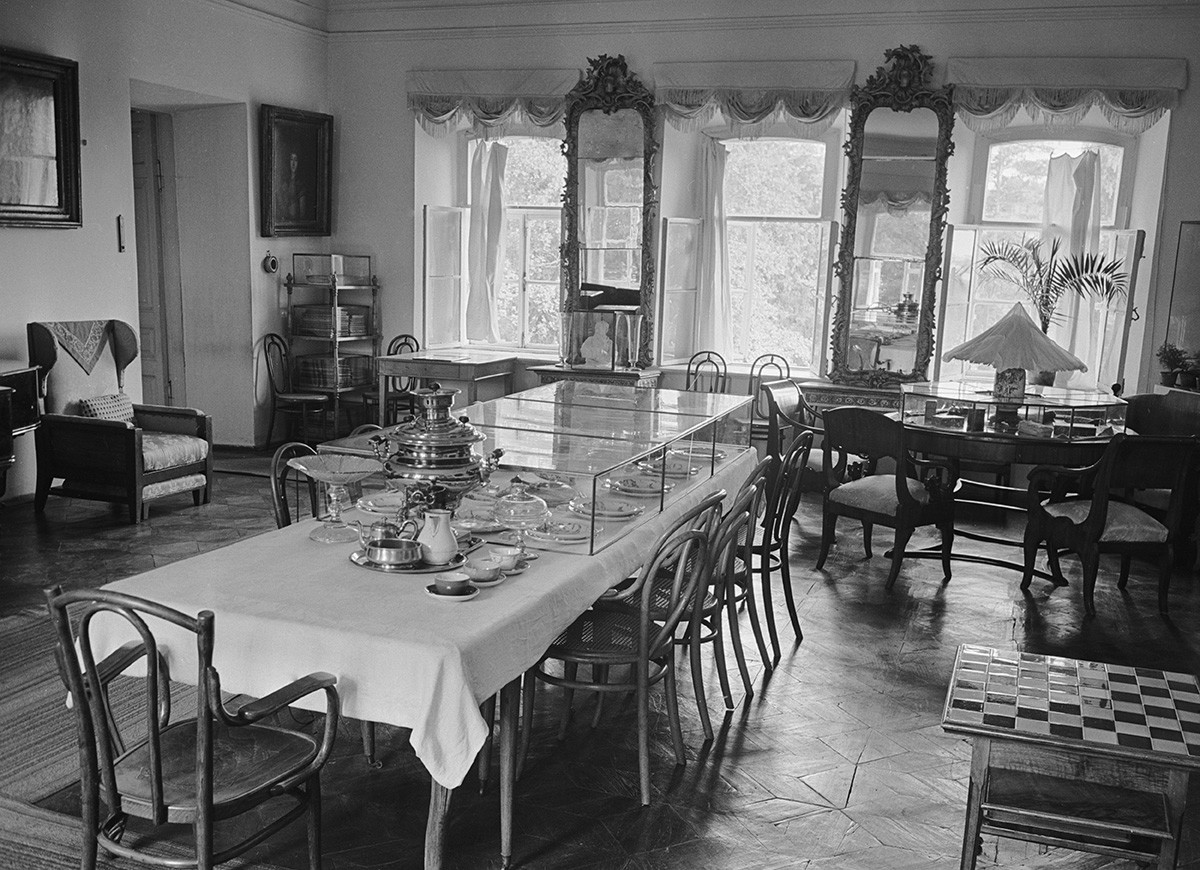
Tula Region, 1960. A dining room at the Yasnaya Polyana Museum-Estate of Leo Tolstoy.
Vladimir Savostyanov/TASSTilted paintings were a different story
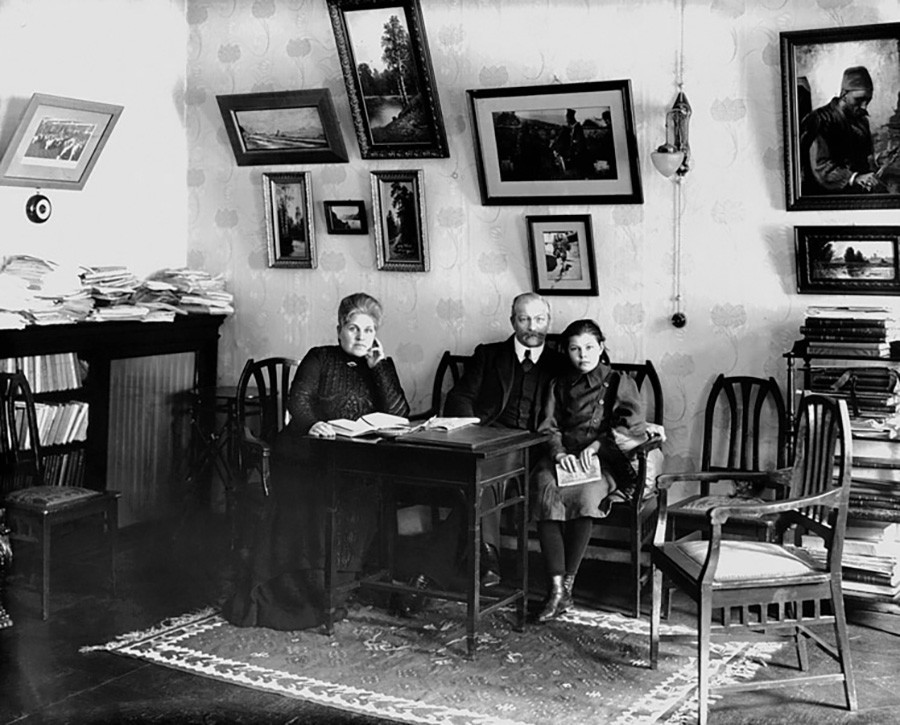
A family, 1910s.
Karl Bulla's photo studio/St. Petersburg Central State Archive of Film and Photographic DocumentsAside from mirrors, practically every home had a tilted painting or framed photo hanging up high underneath the ceiling. The reason is that the angle allowed to better study the piece: less flare and almost no dust on the painting. In fact, the higher the ceiling, the bigger the angle of the painting. Which is also why you see tilted paintings hanging in many museums.
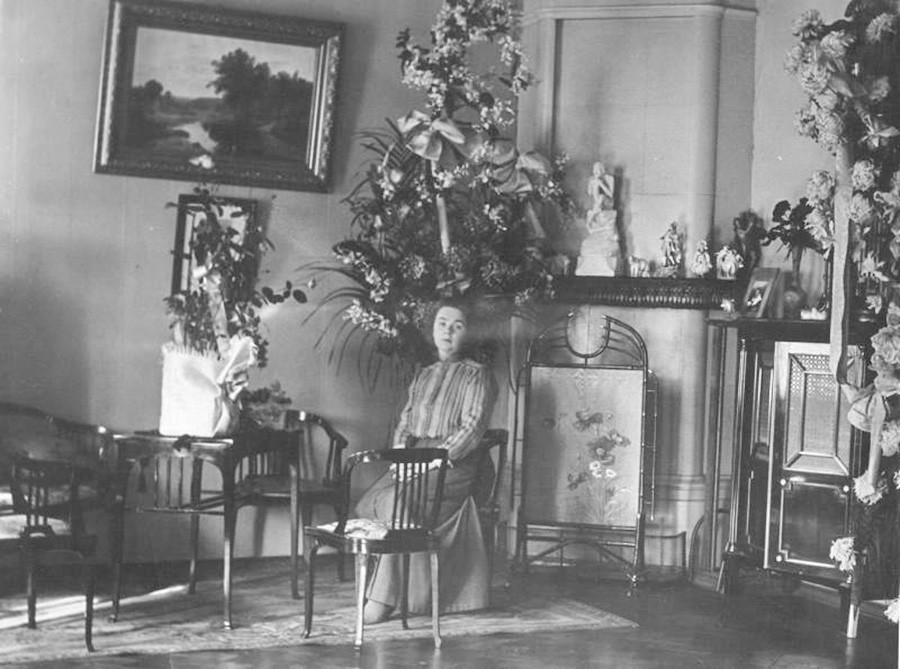
An apartment, 1910s.
Alexander Grinberg/MAMM/MDFIf using any of Russia Beyond's content, partly or in full, always provide an active hyperlink to the original material.
Subscribe
to our newsletter!
Get the week's best stories straight to your inbox